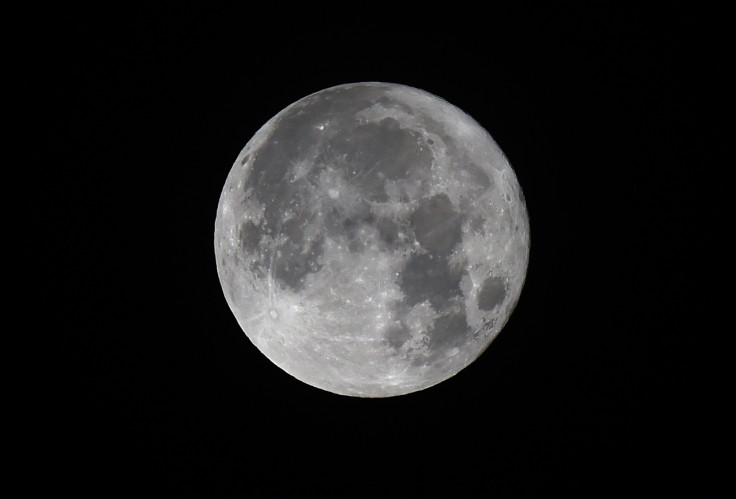A large ocean of magma covered the Moon 4.4 billion years ago
A new model shines light on the Moon's early formation and evolution.

Pretty much right after it formed, the Moon would have been covered with a large ocean of magma, but vast differences in temperatures between the side closer to Earth and the other side would have been observed, a new model has shown.
Many scientists agree that the Moon formed when an object approximately the size of modern Mars hit the Earth billions of years ago. As a result, some of the planet's surface material was knocked into space and this material eventually coalesced to become our moon.
However, it is not clear how the Moon then evolved to be what it is now. Models have tried to describe its evolution looking either at what its atmosphere might have been like or investigating whether it was covered with an ocean of hot molten rock.
The new model now described on arXiv.org is the first to combine hypotheses about the Moon's atmosphere right after formation with models about its ancient magma ocean.
"Our study is based on previous efforts to model what the atmosphere of the early Moon might have looked like, but it is really important to understand what is going on with the magma ocean as well," study author Prabal Saxena, from NASA's Goddard Space Flight Center, told IBTimes UK.
"Depending on how fast it solidifies, and depending on its composition and dynamics, you have a different surface temperature and that controls a lot of what goes on in the atmosphere. We coupled atmosphere models with the magma ocean model so they talk to each other, and it allows us to get a more accurate picture of how the Moon formed and how it evolved."
Different sides
Their model depicts volatile atoms vaporising from the magma ocean and forming the atmosphere of the Moon. But it also illustrates that the atmosphere would have been very different on the Moon's near and far sides. The scientists find that much of the atmosphere closest to the Earth would have vaporised due to the heat from the nearby planet.
There would also have been vast differences in temperature between the moon's far and near sides, a situation that would have given rise to very strong winds—strong enough to cause waves on the hot surface of the ocean.
"Immediately after its formation, very close to Earth, you had the Moon tidally-locked like it is today. There was strong wind and high temperature on one side, and low temperatures on the other," Saxena explained.
After a while however, the moon slowly cooled, allowing rocks to bobble to the surface and eventually forming a crust. Once that happened, the atmosphere dissipated as vaporising from the ocean ceased and the ocean below solidified.
To verify the validity of this model, future missions to the Moon could focus on collecting rocks from the area between its near and far sides for further analysis.
These investigations may solve a lot of the puzzles that still surround the Moon. "The Moon has a lot of open questions that are sometimes lost to the public, but that scientists still need to figure out. In terms to the rocks we see the Moon is very similar to Earth, except these rocks seem to be very depleted in volatile elements like sodium, potassium or zinc and we still do not have a good explanation for that. Our work might help with that. Additionally this type of model provides hypotheses about how the Moon evolved, how long it had a liquid molten surface and that is fascinating," Saxena concluded.
© Copyright IBTimes 2025. All rights reserved.






















